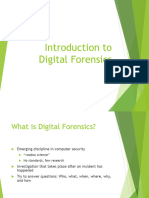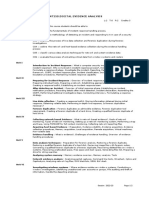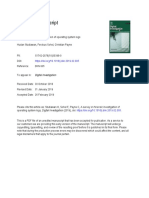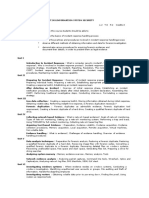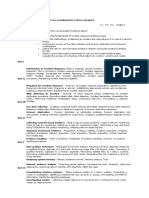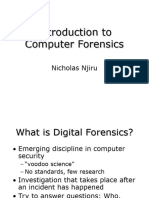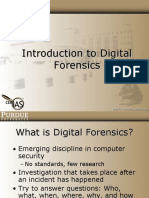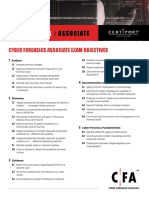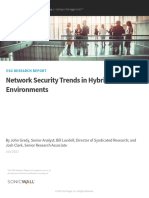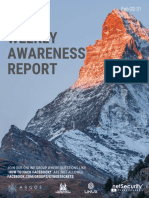0% found this document useful (0 votes)
97 views2 pagesLog File Analysis in Forensic
Log file analysis in forensics involves examining digital logs to gather evidence of security breaches and reconstruct timelines of cyber attacks. Key aspects include using specialized tools to analyze log data, identifying suspicious activities, and correlating information from various log sources. Challenges include managing large volumes of data, inconsistencies in log formats, and potential log tampering by malicious actors.
Uploaded by
komalbagle64Copyright
© © All Rights Reserved
We take content rights seriously. If you suspect this is your content, claim it here.
Available Formats
Download as PDF, TXT or read online on Scribd
0% found this document useful (0 votes)
97 views2 pagesLog File Analysis in Forensic
Log file analysis in forensics involves examining digital logs to gather evidence of security breaches and reconstruct timelines of cyber attacks. Key aspects include using specialized tools to analyze log data, identifying suspicious activities, and correlating information from various log sources. Challenges include managing large volumes of data, inconsistencies in log formats, and potential log tampering by malicious actors.
Uploaded by
komalbagle64Copyright
© © All Rights Reserved
We take content rights seriously. If you suspect this is your content, claim it here.
Available Formats
Download as PDF, TXT or read online on Scribd
/ 2



